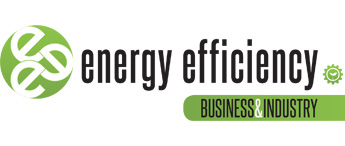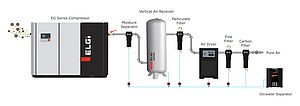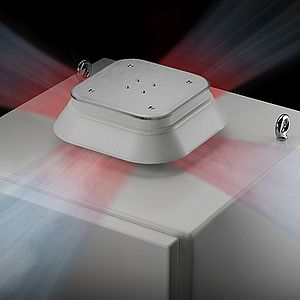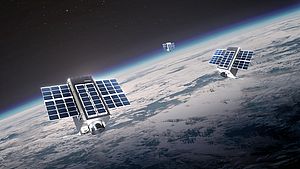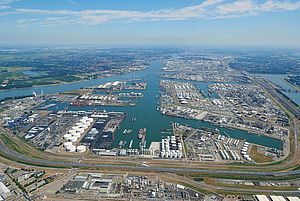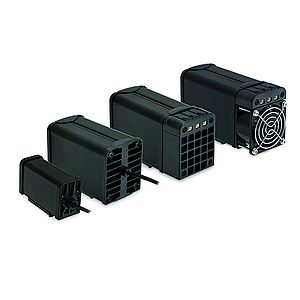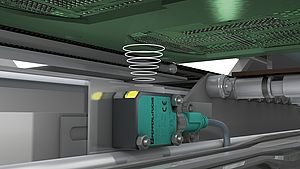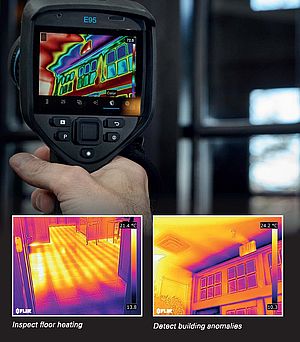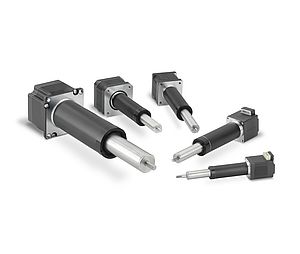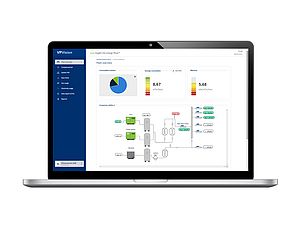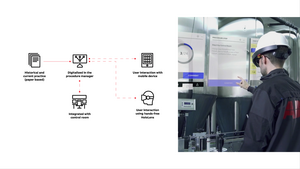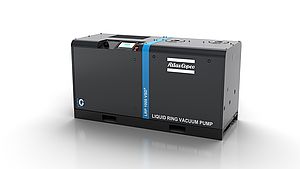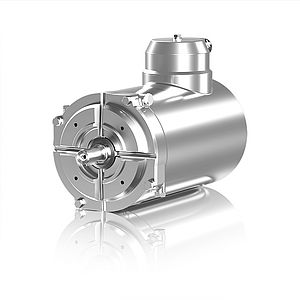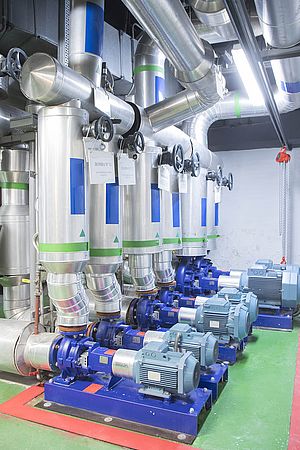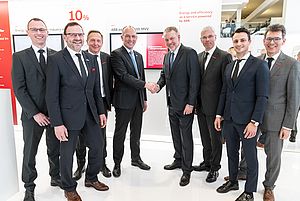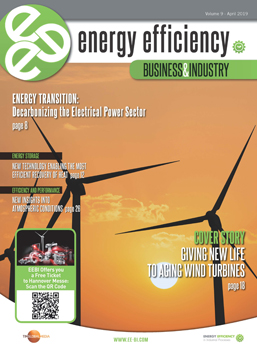Under the Directive, all EU countries are required to use energy more efficiently at all stages of the energy chain, from production to final consumption.
On 30 November 2016 the Commission proposed an update to the Energy Efficiency Directive, including a new 30% energy efficiency target for 2030, and measures to update the Directive to make sure the new target is met.
Measures for energy savings
New national measures must ensure major energy savings for consumers and industry alike. Here are some examples:
- Energy distributors or retail energy sales companies have to achieve 1.5% energy savings per year through the implementation of energy efficiency measures
- EU countries can opt to achieve the same level of savings through other means, such as improving the efficiency of heating systems, installing double glazed windows or insulating roofs
- The public sector in EU countries should purchase energy efficient buildings, products and services
- Every year, governments in EU countries must carry out energy efficient renovations on at least 3% (by floor area) of the buildings they own and occupy
- Energy consumers should be empowered to better manage consumption. This includes easy and free access to data on consumption through individual metering
- National incentives for SMEs to undergo energy audits
- Large companies will make audits of their energy consumption to help them identify ways to reduce it
- Monitoring efficiency levels in new energy generation capacities
Energy efficiency targets at a national level
To reach the EU's 20% energy efficiency target by 2020, individual EU countries have set their own indicative national energy efficiency targets. Depending on country preferences, these targets can be based on primary or final energy consumption, primary or final energy savings, or energy intensity.
Source: ec.europa.eu/energy/en/topics/energy-efficiency/energy-efficiency-directive
